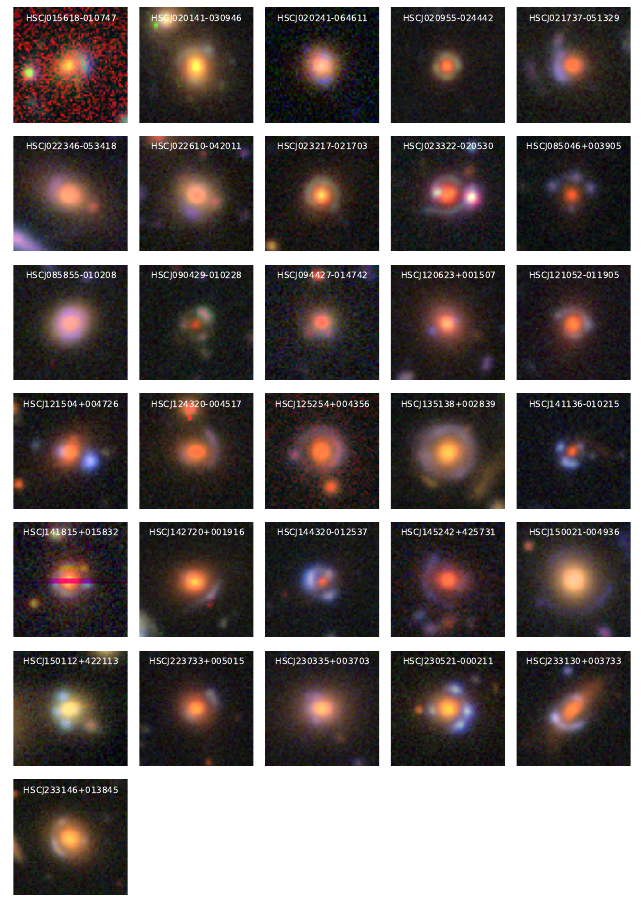HOLISMOKES. X. Comparison between neural network and semi-automated traditional modeling of strong lenses
Modeling of strongly gravitationally lensed galaxies is often required in order to use them as astrophysical or cosmological probes. With current and upcoming wide-field imaging surveys, the number of detected lenses is increasing significantly such that automated and fast modeling procedures for ground-based data are urgently needed. This is especially pertinent to short-lived lensed transients in order to plan follow-up observations. Therefore, we present in HOLISMOKES IX a neural network predicting the parameter values with corresponding uncertainties of a Singular Isothermal Ellipsoid (SIE) mass profile with external shear. In this work, we also present a newly-developed pipeline glee auto.py that can be used to model consistently any galaxy-scale lensing system. In contrast to previous automated modeling pipelines that require high-resolution space-based images, glee auto.py is optimized to work well on ground-based images such as those from the Hyper-Suprime-Cam (HSC) Subaru Strategic Program or the upcoming Rubin Observatory Legacy Survey of Space and Time. We further present glee_tools.py, a flexible automation code for individual modeling that has no direct decisions and assumptions implemented on the lens system setup or image resolution. Both pipelines, in addition to our modeling network, minimize the user input time drastically and thus are important for future modeling efforts. We apply the network to 31 real galaxy-scale lenses of HSC and compare the results to traditional, Markov-Chain Monte-Carlo sampling-based models obtained from our semi-autonomous pipelines.

In the direct comparison, we find a very good match for the Einstein radius especially for large-image-separation systems with θE < 2 arcsec . The lens mass center and ellipticity show reasonable agreement. The main discrepancies are on the external shear as expected from our tests on mock systems where the neural network generally underpredicts this quantity. In general, our study demonstrates that neural networks are a viable and ultra fast approach for measuring the lens-galaxy masses from ground-based data in the upcoming era with ∼10^5 lenses expected.

